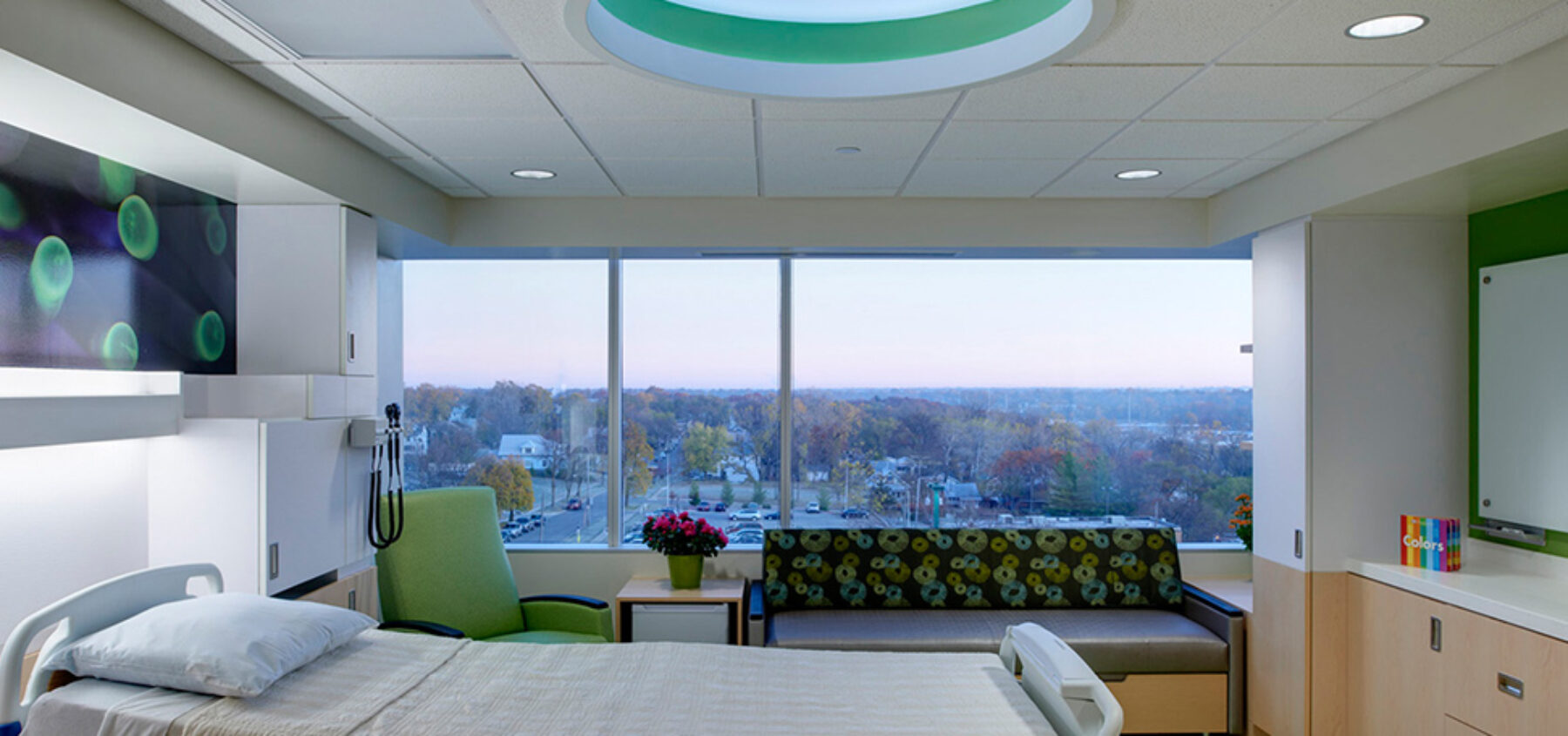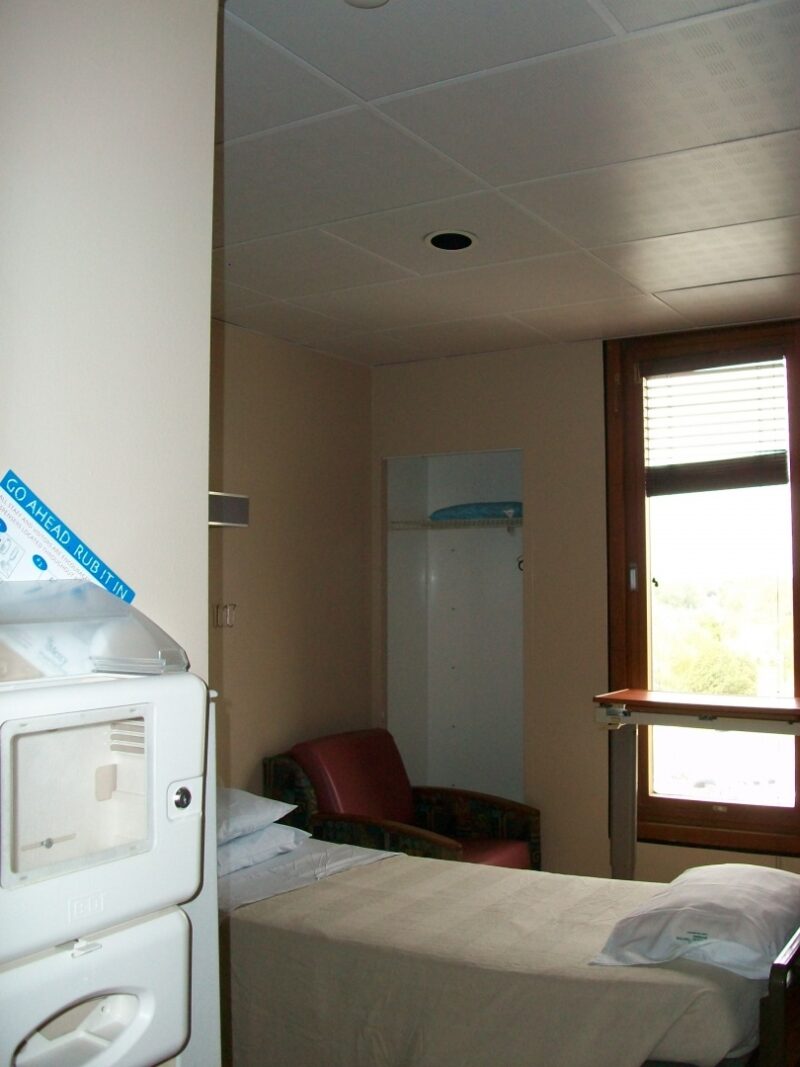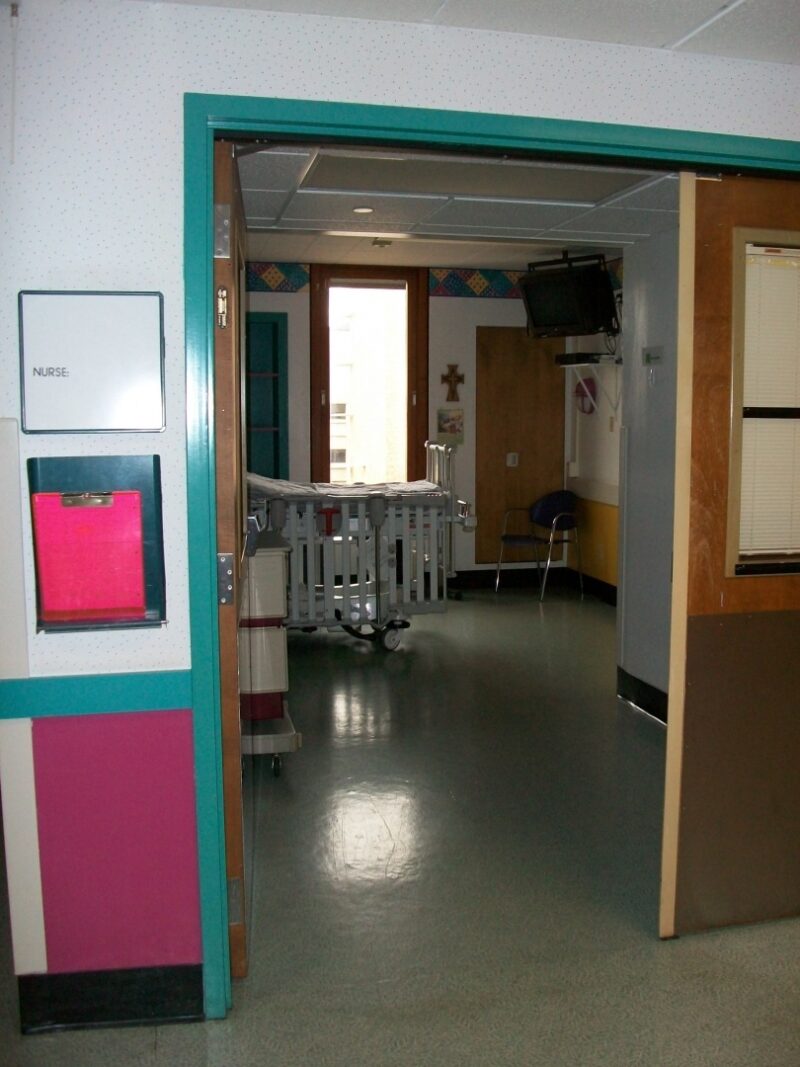Architecture concepts can help boost mental health
April 23, 2016

Do you or someone you know suffer from a mental illness? During National Public Health Week recently, we were reminded that most Americans do. Architects are rethinking how their building designs influence the health and well-being of people and are developing designs for mental health as well as for safety and physical wellness. By applying therapeutic design concepts to the built environment, it is possible to improve mental health of occupants. We can create communities that contribute to the prevention and control of an illness labeled as the leading cause of disability worldwide, according to National Institute of Mental Health.
As an advocate for healthy design, the American Institute of Architects has outlined five specific areas of opportunity to enhance physical and mental health. These five areas include: safety and social equity, sensory environments, access to nature, physical activity and environmental integrity. Of these, safety has been valued and even mandated by entities like the International Code Council and the American National Standards Institute. Safe egress and fire rating controls, for example, have minimum requirements that ensure we build safely. The industry has made significant strides in encouraging physical activity by designing facilities that promote fitness and healthy living in our everyday routines. For example, active design guidelines include appealing staircases and walking routes that make it easy to move during short breaks. However, we must now expand our focus on healthy design by developing a more holistic approach. We must increase applications of architectural design that encourage mental wellness, a concept far from mainstream in today’s society.
The greatest opportunity for architecture to encourage the prevention and control of mental illnesses is in residential and workplace environments, where most of our time is spent. According to a recent Mental Health America’s report, approximately 1 in 5 American adults suffer from a mental illness. In Iowa, a state that ranks better than average, an estimated 418,000 adults suffer from mental illness. Architecture design is one of the many solutions that have been proven to improve mental health and wellbeing.
To date, the focus of architectural design as related to wellness has been in health care, giving us a highly-studied and practical experience that can be applied to residential and commercial spaces. In recent projects, building designs that increase natural daylighting, use color and texture, encourage movement and incorporate nature have led to improved patient satisfaction and staff productivity.
In fact, after drastically enlarging the patient room windows in Mercy Children’s Hospital and Clinics from 20 sq.ft. to 90 sq.ft., the director of pediatrics and pediatric intensive care noted a 15 percent improvement in patients’ ability to manage pain. Patients also responded to care more quickly by a rate of 25 percent. Increasing natural daylighting could have similar effects at home and work by reducing stress and fatigue, promoting more positive lifestyles.
BELOW: Mercy Children’s Hospital and Clinics before renovation


Patient-centric modeling design is another trend in health care that can be applied to residential and commercial environments. How people move through spaces in a way that encourages interaction, a comfortable patient experience and an enhanced healing atmosphere is often overlooked. By rethinking movement at home and at work, we can achieve some of the same benefits. Another design trend in health care is the blurring of interior and exterior environments to bring the known benefits of nature and landscape sceneries inside. This concept can create similar results in home and work environments by using nature as a healing tool to reduce mental health conditions such as anxiety and depression.
By applying architectural designs that improve mental health, we can positively impact this issue. Architects and the design community can expand the industry’s focus on initiatives that contribute to mental health prevention and control. Business leaders can incorporate design concepts that influence mental health into their project goals when planning new facilities or renovations. As community residents, we can all increase our awareness of our everyday surroundings and how they impact our mental well-being. Together, we can contribute to the prevention and control of this disease that claims lives and affects many people on a daily basis.
This article was created in partnership with the American Institute of Architects, Iowa Chapter’s Public Outreach Program. It was originally published in the Des Moines Register, April 22, 2016.